Future of the Workforce
Learningtogo
DECEMBER 31, 2019
The human species has faced many disruptive periods before and, so far, we’ve managed to adapt, thanks to the neuroplasticity of our brains. So, a good place to begin is with the human brain and how it learns. Fortunately, your brain is plastic and is a learning machine, but not everyone knows how to access that ability.

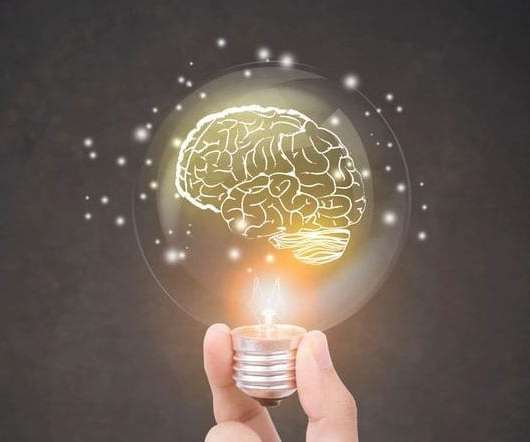
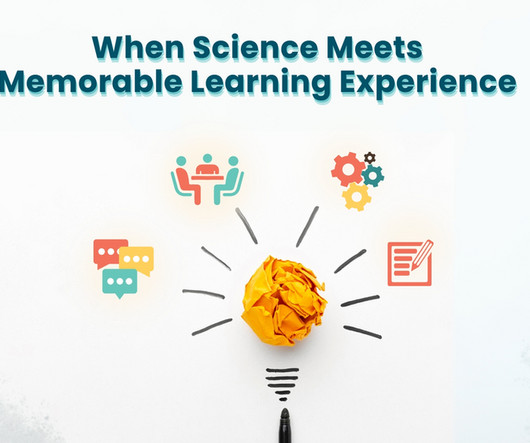


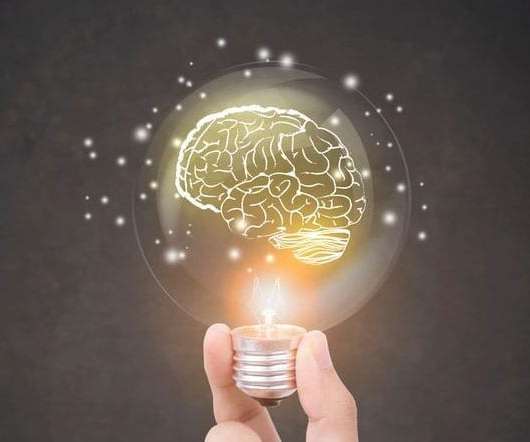






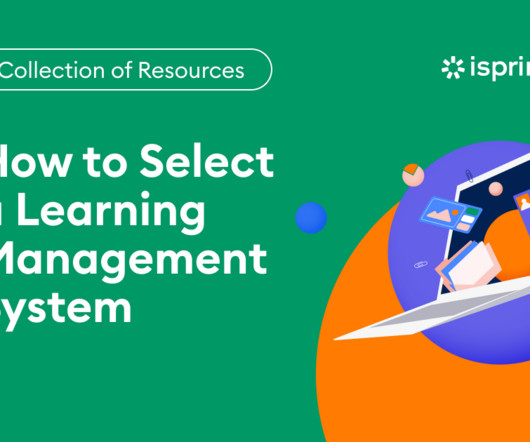


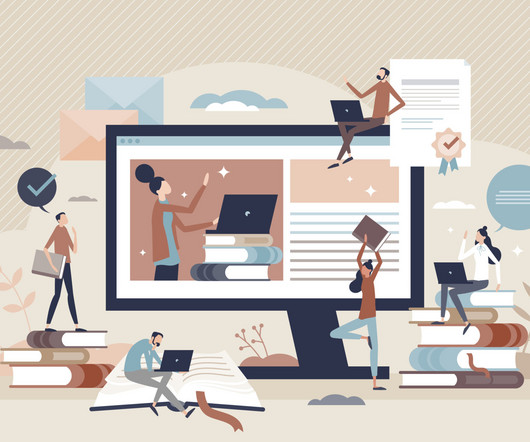



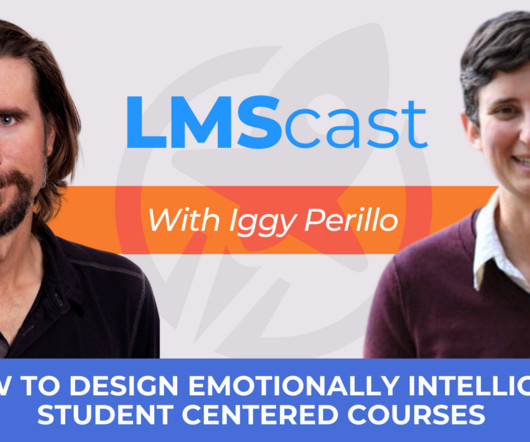






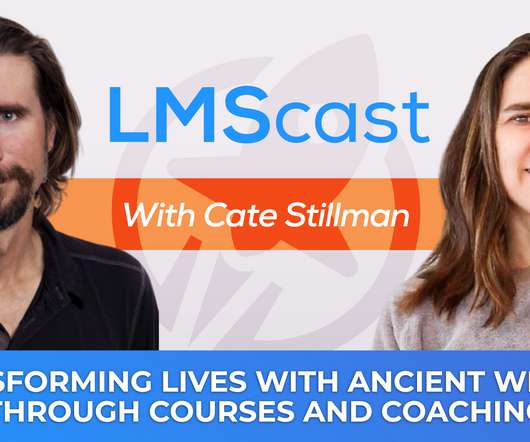


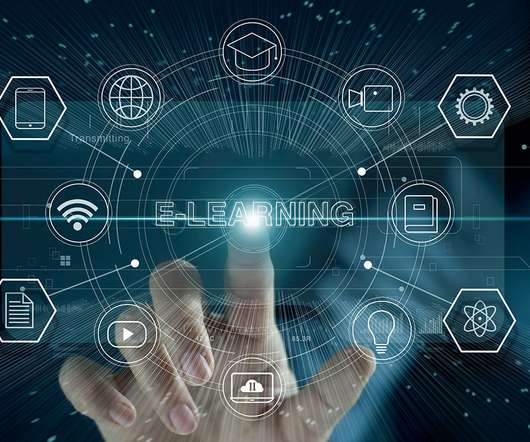



















Let's personalize your content